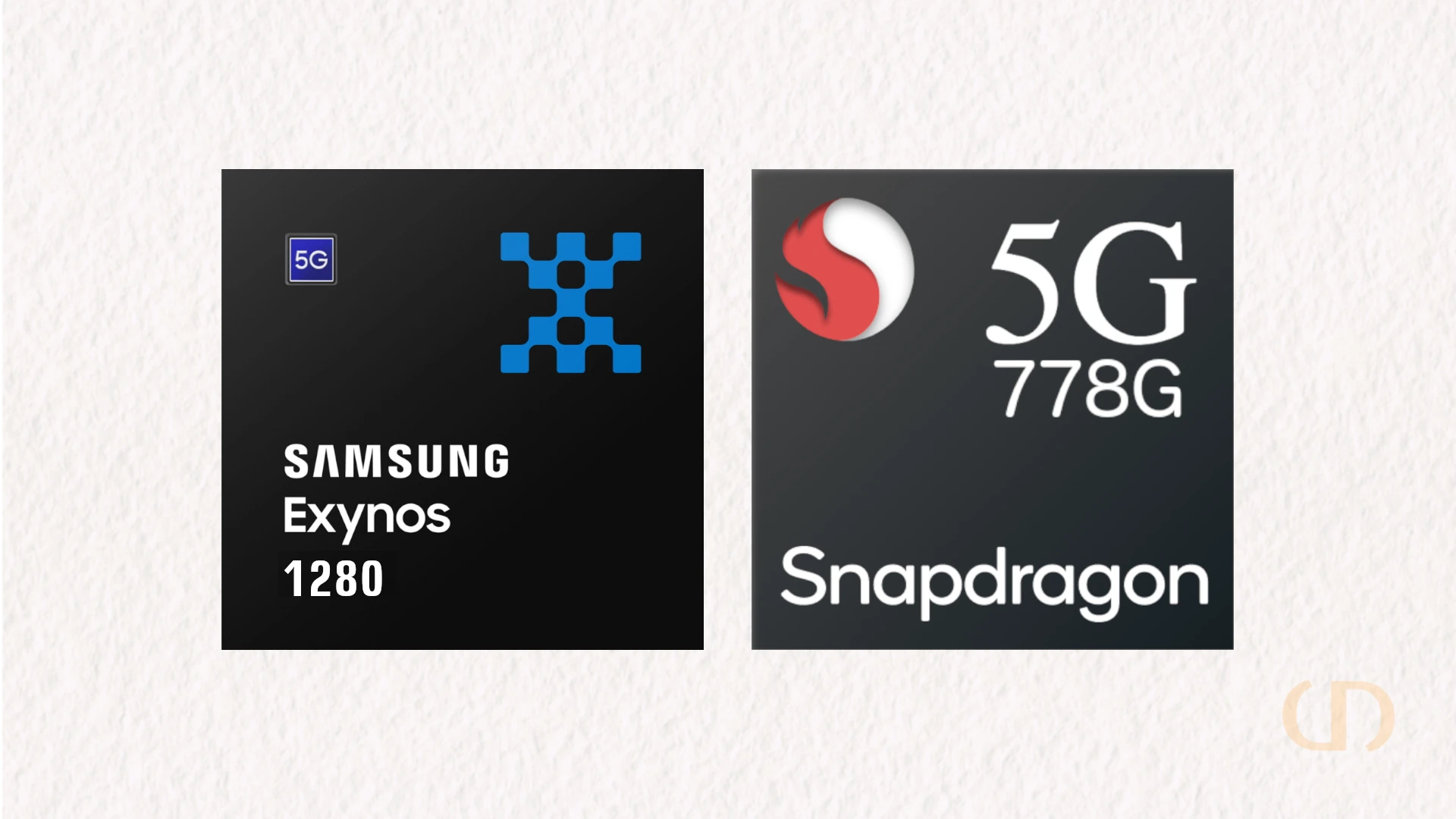Exynos 1280 vs Snapdragon 778G: Has Samsung gotten it right?
Before you make that decision to buy the Samsung Galaxy A53 5G or the Galaxy A73 5G smartphone, check out this comparison.
For years, Samsung has been playing catch with the likes of Snapdragon and Mediatek when it comes to the mobile chipset market. The Exynos chipset lineup is Samsung's answer to an in-house-made chipset. Though some smartphone makers like Meizu have at one time or the other used an Exynos chipset in their smartphones, the Exynos lineup is mainly found in Samsung devices.
Exynos has not seen too many good days, as a lot of Samsung fans have expressed dissatisfaction when a Samsung device with an Exynos chipset is compared to that of Snapdragon or Mediatek. Today, we pitched the Exynos 1280 against the Snapdragon 778G to see if there is hope for the Exynos chip lineup albeit in the midrange chip segment.
Interestingly, though diverse in specs, the Samsung A53 5G and the A73 5G are powered by the Exynos 1280 and Snapdragon 778G respectively. Before you make the decision to buy the Samsung Galaxy A53 5G or the Galaxy A73 5G smartphone, check out this comparison.
See Also: Snapdragon 680 vs Mediatek Helio G96
Highlights of the Exynos 1280.
- 5G support.
- 5nm process node
- WiFi 5
- Bluetooth 5.2
Main features of the Snapdragon 778G
- 5G support.
- Bluetooth 5.2
- WiFi 6E, 6.
- 6nm process node
The above information is the noticeable edge from the chipsets and why or not should a potential user pick a device powered by these chipsets. To give a more detailed comparison, we have drawn below a table of similarities and differences between the Exynos 1280 vs SD 778G.
| Exynos 1280 | SD 778G | |
|---|---|---|
Process Node | Exynos 1280 5nm | SD 778G 6nm |
CPU cores. | Exynos 1280 8 | SD 778G 8 |
CPU type. | Exynos 1280 2x 2.4 GHz – Cortex-A78 | SD 778G 1x 2.4 GHz – Kryo 670 Prime (Cortex-A78) 3x 2.2 GHz – Kryo 670 Gold (Cortex-A78) 4x 1.9 GHz – Kryo 670 Silver (Cortex-A55) |
CPU Clock Speed | Exynos 1280 2.4GHZ | SD 778G 2.4GHZ |
GPU type. | Exynos 1280 Mali-G68 | SD 778G Adreno™ 642L |
WiFi | Exynos 1280 5 | SD 778G 6E, 6. |
Bluetooth | Exynos 1280 5.2 | SD 778G 5.2 |
Network | Exynos 1280 5G, 4G, 3G, 2G | SD 778G 5G, 4G, 3G, 2G |
UFS | Exynos 1280 2.2 | SD 778G 2.1, 2.2, 3.0, 3.1 |
RAM type [DDR] | Exynos 1280 LPDDR4X | SD 778G LPDDR5 |
Max Camera Megal Pixel | Exynos 1280 108mp | SD 778G 192mp |
Location satellite support | Exynos 1280 Quad-constellation multi-signal for L1 and L5 GNSS | SD 778G Beidou, Galileo, GLONASS, NavIC enabled GPS, QZSS |
Antutu Benchmark v9 | Exynos 1280 Samsung A53 | SD 778G Samsung A73 |
Geekbench 5 single core. | Exynos 1280 734 | SD 778G 637 |
Geekbench 5 multi core. | Exynos 1280 1879 | SD 778G 2907 |
Read more: Dimensity 920 vs Snapdragon 860
Conclusion.
From the table above, you can see clearly that the hardware configuration gap between the Exynos 1280 and the Snapdragon 778G are miles apart. Other than the smaller 5nm node process of the Exynos 1280 over the 6nm Snapdragon 778G and on the Geekbench 5 Single-core test, the SD 778G dominates in every area of this comparison.
The Samsung Exynos 1280 is not a bad chip, but if you are pressed between the Samsung A53 5G and The Samsung A73 5G, the obvious choice in terms of chipset configuration is the A73 5G.
